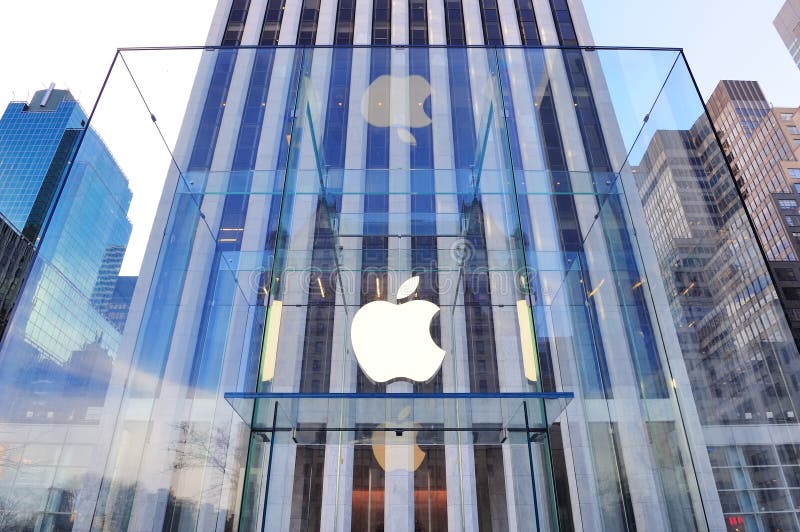

The Thirteen flavors of iMac G3 Minimalism The "Snow" color scheme was also used on the second generation iBook. In 2001, two new color schemes were introduced: "Flower Power" and "Blue Dalmatian." "Flower Power" was white with flowers, and "Blue Dalmatian" was a blue similar to the original "Bondi blue", but with white spots. The iBooks' colors were also updated: Blueberry was replaced with Indigo, Tangerine was replaced with Key Lime (an eye-popping neon green), and Graphite was added at the high end. Next came "Ruby" (dark red), "Sage" (forest green), "Indigo" (deep blue) and "Snow" (milky white) in 2000.
Mac designs inc mac#
Graphite was the color of the iMac Special Edition models, and the first Power Mac G4. In late 1999, the iMac's fruit colors were joined by a quieter color scheme called "Graphite", in which the colored elements were replaced with a smoky grey and some of the white elements were made transparent. These candy colors heralded a trend in consumer goods where everything from clock radios to hamburger grillers sported bright plastic translucent enclosures. Blueberry was also the color for the Blue and White Power Mac G3 and its displays. Two of these, "Tangerine" and "Blueberry", became the first colors for the iBook. The "Bondi blue" iMac was replaced with five fruit colors in January 1999, "Blueberry" (a bright blue) "Grape" (purple) "Tangerine" (orange) "Lime" (green) and "Strawberry" (pinkish red). Yosemite's refreshed UI had translucent effects seen in the Dock, the user login window, Notification Center, and in the Safari web browser. OS X went through a major redesign in 2014 which was similar to iOS 7, with the release of OS X Yosemite. Much of the refreshed UI had a translucent effect, noticeable in places like the Notification Center, Control Center, the multitasking screen, and Apple's Remote app for iOS. In 2013, iOS went through a major redesign with the release of iOS 7 in September. Only the PowerBook G3 was uninfluenced by the translucent style (with the exception of a translucent, bronze-colored keyboard on the Lombard and Pismo models, and retained its opaque black casing until it was replaced by the Titanium PowerBook G4 in 2001. Ive and his team went on to develop novel manufacturing techniques in order to build products based on this design motif. The translucency and colors in this style appear to have been inspired by gumdrop candies, and Ive reportedly visited confectionery plants to learn to replicate the gumdrop's visual effect. AC power cords were also translucent, with the twisted wires visible within them. Printed on the back panel for ports and agency approval marks was a lenticular plaque that contains a wavy 3D pattern. Subdued vertical pinstripes were made to show through the translucent faces of these products. The design was characterised by translucent surfaces with either a candy-like or milky-white coloring and soft, bulging contours. This motif was later applied to the first iBook models released in 1999, and the Blue and White Power Mac G3 and their accompanying Studio Displays. This first phase appeared in 1997 with the eMate, followed in 1998 with the release of the original Bondi-blue iMac (see below). The Snow White design language established Apple as a design leader in the consumer electronics industry, set trends for the computer industry as well as changing the industry's perception of how computers are designed and manufactured.

The last Apple product to use the Snow White design language was the Macintosh IIfx which was released in 1990. Other motifs include minimal surface texturing and an inlaid three-dimensional Apple logo which was diamond cut to the exact shape. The colour palette mostly consisted of light gray (Platinum) and off-white (fog). Snow White is characterised by its heavy use of vertical and horizontal lines for both decoration, ventilation and to create the illusion that the computer casings were smaller than they actually were. The Apple IIc was the first Apple product to use the design language. The Snow White design language was developed by Hartmut Esslinger's Frog Design, and was used from 1984 to 1990.


 0 kommentar(er)
0 kommentar(er)
